Promotin’ your business ain’t easy.
Big companies have it made. They throw down big bucks, and they’ve got rooms full of people working with outside vendors to literally buy attention and brand awareness.
But not you. Nobody knows who you are, or why you exist. Which means they don’t trust you. Which means no one’s buying either.
So you have to work harder, scrutinizing the little stuff because you can’t afford for anything to slip through the cracks. But it’s not impossible! No matter how small your team and budget, there are actionable steps you can take to get more customers.
Here are 15 ways small businesses can get more customers with little (to no) out of pocket cost.
Get More Customers with Website & SEO Upgrades
Why isn’t your website getting more traffic? We’ll get to promotion later, but first it’s important to recognize that there are common website problems that could actually be holding you back. Let’s build the foundation first make sure all your future hard work isn’t in vain.
1. Fix Common Problems Plaguing Your Site
The way your website was initially created can have a huge impact on your business’s success (or failure).
The first place to start? Let’s find and get rid of all the “dead ends” on your site. These come in the form of 404 errors, or broken links where a user hits a wall and can’t find the information they’re looking for.
Screaming Frog is a brilliant free tool that can help you quickly find all the broken links lurking in your site. It’ll also help you identify other common issues, including duplicate content.
For example, do you have pages with duplicate meta data (including titles or descriptions)? Chances are, you got duplicate content too.
Fix broken links and 404 errors by either (a) removing the links or (b) setting up permanent, 301 redirects from the old pages that may have moved to the new ones that have taken their place.
There are also a few ways to fix duplicate content, but the easiest include:
The next step is to speed up your website, because it has a surprisingly powerful impact on conversions – decreasing page loading times from 8 to 2 seconds lifts conversions by 74%.
Pingdom is an excellent advanced tool if you’re looking for more bells and whistles. However Google’s PageSpeed tool is also great (and free), quickly diagnosing why your page speeds might be lagging, along with providing helpful recommendations to fix them.
2. Refresh Your “Low Hanging Fruit” Content
How many times have you visited the second page of Google? Never, right?
You probably have tons of pages right now with good search potential that are stuck on the second page of Google.
The first few search results tend to get the vast majority of clicks, so being lower than the first few positions on page one isn’t going to do you any good.
So let’s find that stuff with decent potential and improve it.
Make sure your site is verified with Google Search Console (another helpful, free Google tool) and check out which pages are currently on the second page. Go to the “Search Analytics” tab and rank your queries by “Position.” Anything ranking between 10 and 20 is on the second page.
These pages should be your low-hanging fruit for priority, because a few simple tweaks or improvements could net a good return in a short amount of time.
For example, you can comb through these pages looking for ways to improve or expand the content. Brian Dean from Backlinko analyzed over one million search results and found that on average first-page results have around 1,890 words per page! If your content is pretty “thin,” you’re gonna need to start with adding more content first.
Start with new facts or statistics which might help add depth to your current page. From there, you can try adding new media types like images or video to increase the page experience to keep people around longer.
Upwork is a good place to start looking for inexpensive, creative help including both content and design.
3. Local Optimization
Search Engine Result Pages (SERPs) have evolved tremendously over the past few years. Not only have the advertisements been reshuffled, but they now also commonly include other search vertical information like images, video, and local places.
That’s an important distinction because it’s an example of how search engine results are increasingly personalized based on who’s doing the searching. The person’s local geography is one of the prime considerations.
You can take advantage of this by making sure that your business shows up properly, with a specific focus on the business address or location.
For example, the Moz Local Search Ranking Factors includes a list of the top factors dictating whether your business will show up or not in local search results. Here are the top characteristics that impact success:
Right at the top of the list is the “consistency of structured citations.” That’s a fancy way of describing the information that shows up in your local listings like Yelp, Google Maps, and more.
Get started by making sure that you’ve set up Google My Business properly, including the all-important category associations that help dictate where (and when) your business will show up.
Yet another free Google service that will help you show up properly in local listings and in maps searches.
Don’t scoff at map inclusion or silly little Google+, as these reviews will show up front-and-center on local search queries. (And online reviews are trusted as much as personal recommendations by 88% of consumers!)
If you’re slightly technical (or can find someone to help), take the extra step to setup schema markup as well. (Check out WordStream’s beginner’s guide to schema here.)
Once you’ve got the Google business listing set up, head over to Moz Local. For a low price of under $100, you can (a) distribute and (b) manage most of the top local listings – saving TONS of time in the process.
The example above depicts one business with multiple locations (the names have been masked to protect the innocent). As you can see, a quick review of their primary location reveals multiple issues including inconsistent or incomplete business information in some of the most influential local listings.
Addressing these issues is another fast, quick win that can help local customers find you MUCH faster.
Get More Customers with Website Conversion Upgrades
Site conversions low? Typically that means there are a few different bottlenecks that are tripping up potential customers as they come to your site and browse around. Here’s a few quick recommendations fixing the most common issues.
4. Create Different Offers for Each Step of the Funnel
It’s time to face the harsh truth: 90%+ of the people visiting your website will not purchase anything. If there’s nothing there for them, they’re gone, wasting all that hard work it took to get them there in the first place.
The trick is to put together a few different offers for people in different frames of mind to capture the most possible people and nurture them over time.
How? Consider these stages:
- Awareness: No need awareness? No problem! Start with an educational, topic-based guide, eBook, or checklist that walks people through how to fix a problem they’re struggling with.
- Information: Now that they’ve begun researching alternatives, give them an easy, interactive way to compare. For example, a calculator or tool that tells provides personalized feedback can help create a memorable first impression.
- Evaluation: When people start evaluating their options, they’re comparing dollars and cents. Provide case studies and other information that positions your product or service pricing as an investment, not a cost.
- Purchase: You know the drill!
This sounds like a lot of work. And it is. However it’s the best possible chance you have at converting the most visitors who land on your website, giving yourself a chance to succeed by converting them later.
5. Help People Find What They’re Looking For
Here’s one of the dumbest, yet most effective tips in this list.
Wanna know why a specific offer’s conversions are low?
Chances are, not enough people are seeing it in the first place. Especially if that page is buried behind layers of other content, and not obvious to find.
You can verify this by firing up Google Analytics and heading over to the Behavior Flow section. This fun little graphic visually shows how people are, well, flowing through your website from one page to the next.
After viewing this (in addition to your most popular content), you’ll find that the homepage (you know, the single page everyone loves to scrutinize) may not be your most viewed page. Neither are the most recent posts. More likely, it’s stuff from years ago that continues to bring in the most new visitors to your site.
So here’s the stupid-easy part: Find out which paths are most popular (and which pages too), then add more internal links from those pages to the page you’re trying to increase results for.
Yes, it might really be that simple.
6. Test Big Landing Page Changes (Not Small Ones)
The path to high conversions is NOT through tiny changes of your button color from orange to green. Instead, it’s through creating massive, differentiated changes.
Sure, there are some basic landing page mistakes you should avoid. But these are mostly intuitive. Otherwise, it’s the offer that you’re promoting on a page that will have a more significant impact on results (like new leads or sales) than the basic headline.
A perfect example is Lowe’s Lawn Care Plan, which provides visitors with a completely tailored recommendation in under a minute. It’s unique, memorable, and valuable.
Beyond the offer itself, another way to mimic this approach is through adding more context to your pages.
There are many ways to do this, but one particularly effective (and new) one is the rise towards personalization. Layering in contextual information like this can help increase sales by 20%, simply by making your website or page reflect who the visitor is that’s coming to your site.
At the very least, you can use some basic information to personalize that visitor’s experience.
For example, if you visit Optimizely in the morning, they will tell you Good morning!
7. Automate Your Email Follow Up
451%.
That’s the increase in qualified leads companies might expect from using marketing automation.
Social media might be awesome for brand awareness and engagement, but email’s still king for driving sales.
Better yet, automating your emails gives you the unique ability to:
- Add scale and leverage to your marketing, helping you…
- Provide more personal, timely emails, which will…
- Increase results like click-through rates or conversions, allowing you to…
- Do something else, not worrying about checking it several times a day.
This ain’t just a flashy, web 3.0 thing either. Golden Gate Wine, who is obviously NOT a technology company, used marketing automation techniques to increase sales 150%.
And the best part is that even basic, inexpensive software like MailChimp can do this.
For example, let’s say you have a hotel. Setting up an automated workflow to go out to visitors who just checked out can help you (a) get reviews to inspire new prospects, (b) generate referrals to friends of recent guests, and (c) cement the guest’s positive experience to ensure they’ll be back (thereby driving up the Lifetime Value of a Customer).
Head over to MailChimp’s Automation section and create a new sequence for the specific goal or purpose you’re after.
Now if you’re old school, you could always manually export contacts from your CRM or POS (what’s with all the acronyms?!).
Obviously this ain’t ideal. So if there’s no native integration with your tools, see if you can use a tool like Zapier to help you connect them with MailChimp or whatever email tool you might have. (Here’s an in-depth guide to doing this.)
Next, you can identify the “trigger” that places people on this automated sequence and begin setting up the email frequency for when you’d like them to go out.
Start by outlining this process, along with the basic objectives or messaging for each individual email, in a document or on a whiteboard.
Once you’ve got an outline to work from, putting together all the moving pieces becomes a lot easier and more manageable.
It takes a bit of work, but setting up marketing automation sequences like this can deliver better results with little (if any) extra out of pocket cost.
Get More Customers with Content Marketing Optimizations
You’re probably already blogging. But is it working? Or are you just cranking out 300-word posts about your company’s latest news whenever you’ve got a free second (which is rarely)? Here are a few tips to make sure your content marketing efforts are delivering value.
8. Emphasize Unbranded Content
Creating and publishing content is one of the best ways to bring in traffic from search engines.
Here’s the rub though.
If the vast majority of that content is about your own brand, you will most likely rank for only brand terms. Which means if people are going to find you online, they have to know your brand name. Which means you’re leaving a lot on the table by not attracting new people who’ve never heard of your before.
But wait, it gets worse.
(source)
There are over 2 million pieces of content already published daily. That means your bar (or barrier to entry) keeps getting higher.
In other words, those 300-500 word blog posts about your company ain’t gonna cut it. Instead, you need to create content around unbranded topics that are top of mind for potential prospects.
For example, one of my favorite examples is PayScale. They take seemingly boring statistics or data, and turn those into compelling infographics that get featured by the likes of Mashable.
HUGE media publications like Mashable would never publish (or care) about your latest product update. Instead, they care more about the narrative and how it can help their readers. (Ok, maybe Mashable’s not a great example as they’ll publish anything. But you get the point.)
9. Repurpose Your Best Stuff
Now that you’ve (hopefully) begun cranking out top notch, ‘unbranded’ content, you’ll begin to notice something…
It’s hard! Super time-consuming and resource-intensive.
So re-use what you’ve done already! Obviously not verbatim, but you can refresh older content in several ways to make it appear new.
The simplest form of content repurposing is by taking your blog posts and turning them into iTunes podcasts, YouTube videos, SlideShare presentations, offline speeches (and vice versa). Simply switching up the formats like this presents the content in new light, allowing you to emphasize different aspects depending on how the medium changes.
It also helps you better leverage the initial time spent researching, writing, and designing that original piece.
The other hidden benefit of taking the initial nugget of information from old blog posts is that you should already know what works well or not.
Need to put together a speech? Go check out your blog analytics to find the most popular content topics and angles to work from. That way you’ll already know ahead of time that your speech is sure to be a hit – assuming you don’t bomb the delivery of course. (Which you won’t; I have faith.)
Another quick tip is to go back to older content and give it a refresh. Bring in new facts or statistics, add some diagrams or images to help explain the content more effectively, and you’ll boost the effectiveness of that old piece (without having to create a full new one in the process).
10. Think Social Distribution (Not Just One-Time Posting)
OK, so you’ve created unbranded content. You’ve repurposed it several ways to get the most bang for your buck. Now it’s time to promote it.
That’s commonly where social media comes in. But don’t just send a single tweet.
Instead, think of it like distribution (you know, 1960’s style 4-P’s distribution).
That means you should have a fully fleshed-out content publishing schedule that dictates how your content should be set-up for each individual network or channel. (Look no further than this excellent guide from Buffer.)
Next up, head over to your favorite social voting sites, similar to Hacker News. You’d be surprised what a quick Google search digs up for you own industry. These shouldn’t be relied on too heavily, as most of the traffic is fickle (or will bounce after a single read). But it’s a great, easy way to increase awareness.
You can even do a little content repurposing (remember that?) on different mediums like Medium (clever), LinkedIn, or Quora.
There are unique communities of people in each of these places looking for new great content. Each also can leverage network effects, meaning your potential for leverage – or don’t make me say it, virality – is huge.
Get More Customers with Promotion & Outreach Improvements
You’ve done the hard work up to this point. You’ve laid the groundwork with a solid foundation. Now it’s time to fill your pipeline of steady leads. Ready? Hang on.
11. See What Competitor Campaigns are Working
There’s a dangerous tendency to overly obsess with the competition. That’s not the point here.
Instead, the goal is to see what they’re doing that’s working – and then do it better.
For example, pull up Open Site Explorer from Moz to see which website are linking to them. Start looking for patterns that emerge, which might indicate how they got those links in the first place.
The above example shows the Hard Rock Hotel in San Diego has successfully run holiday promotions in the past that have been picked up by major news outlets. There’s your next campaign idea!
However, simply copying the same approach isn’t newsworthy. So push yourself (and your team) to build on this idea, trying to take the initial concept and elevate it to improve the eventual effectiveness.
You don’t want to compete head on with the larger competition. Somehow, someway, you need to do something different that will leverage your small company’s own unique characteristics—you know, that whole USP (unique selling prop) thing.
12. Cross Promotions & Partnerships
Please fight the urge to roll your eyes on this one. Yes, cross-promos are so 1995. But they still work! (Assuming, of course, you’re doing it better/different/cheaper.)
They also work for virtually any kind of business.
For example, product company? Check out Moz Perks which hooks you up with awesome partner deals. (I’ve personally used these introductory deals to find new tools, and now use at least 5 of them.)
A boring tax accountancy instead? Easy. Go find lawyers, real estate and mortgage brokers to partner with. Guess whose clients need your help (and vice versa).
Don’t know any mortgage brokers? Try Yelp, Angie’s List, LinkedIn, or your local association.
(Note to website professionals: call the Los Angeles Mortgage Association ASAP. They need your help.)
You can promote each other out of the goodness in your hearts. Or you can make it interesting by setting-up a referral fee, commission or revenue split.
The best way to set up effective cross promotions is to simply ask prospective partners what they want most. Some might want exposure, others only green backs.
13. Do Targeted Outreach
Referral traffic is so named because it’s based on people referring you. The best potential referrals come from people who have influence over a larger community that’s relevant to your business.
Bloggers and journalists are the obvious first step. Not only do they wield influence over large groups of people to send you traffic, but editorial links are also among the best ways to improve your organic rankings as well.
The first step is to build out a proactive media list (or a simple spreadsheet) with the top potentials.
One place to start is Followerwonk, which provides analytics on Twitter accounts. Do a fast search for bloggers or journalists in your industry and you can sort the results based on followers, recency and social authority.
Buzzsumo is another helpful tool to find influencers in your industry who might make good potential outreach targets.
Another of my favorite recent tools is the LinkedIn Sales Prospector. It makes finding key people easy. However more importantly, it helps you with the next step, which is to get on their radar with small interactions (before thebig ask).
The LinkedIn Sales Prospector makes this easy by providing updates in a single inbox from your key contacts to make it insanely easy to comment on, like, or get in touch to discuss a shared common interest.
You know, kinda like stalking. Hi, Larry! 🙂
14. Leverage Event-Only Content
Events are perfect places to network and meet these influencers you’ve just found. An event puts you directly in the mix of people you’d like to meet.
Volunteer, host, speak, sit on a panel. Hell, even help set stuff up or take it down if you need to.
A past client also put a unique spin on this approach by attending local meetups, recording the sessions’ content (with approval of course), and releasing that as podcast content. They then also had a built-in audience (the people at the event) ready to promote it to.
Similarly, Campaign Monitor helped supply detailed notes for everyone at the recent Unbounce conference, so attendees didn’t need to worry about taking notes.
Beyond the event’s content, there’s no better way to get in the guests’ good graces than plying them with booze. Moz and CallRail recently sponsored the official Pub Crawl at the same Unbounce conference, putting them front and center during crazy karaoke shenanigans. Fun, but expensive.
Replicate this tactic on the cheap by hosting a private dinner, or better yet – a few simple apps and drinks – at a local bar close to the event.
15. Run Contests & Promotions
Another oldie-but-goodie to finish off the list: Contests and promotions are another staple in most marketers’ toolbelts. However, the goal, as we’ve seen in previous tips here, is to stretch a little without relying on the same boring Facebook photo contest that every other competitor is doing.
For example, years ago I worked with a company that sent 4 bloggers across several cities over the course of a few weeks. Along the way, we got hotel rooms donated and events comped in exchange for the social promotion. Incorporating partners kept the costs down, but it also gave us a bigger audience to promote the campaign to as well.
The trick was to throw a contest prior to this campaign to decide who’d be the chosen bloggers. That created buzz and interest, ensuring we had a built-in audience already primed to pay attention once the event kicked off.
Organizing said event took time. A lot of it. But it wasn’t technically challenging, difficult, OR expensive. It simply took some googling, a bunch of cold emails, follow up calls, and a neat little document showing what each partner would receive in terms of content, views, and social exposure.
Even better, is if you can show them what these metrics would typically cost, thereby landing at a dollar amount of what the proposed agreement could be worth if they had to pay for it (instead of simply donating their piece of the puzzle).
Then, once you have this grand thing in place, advertise to give it extra exposure.
You’re not using direct-response style ads like AdWords per se, but social advertising options on Facebook, Instagram or Twitter are perfect for providing additional distribution that’s sure to warrant interest from neutral or brand-unaware people. Social ads are also generally much cheaper than other forms of online advertising.
See these great Twitter ad examples for more.
In Short…
Most companies are short on dough. Small ones especially so (#rapskillz).
The trick is to realize that if you’re short on one resource (like money), you’ll need to use other ones (like time and possibly some risk-taking) to make up for it.
Fortunately, some of the best strategies to bring in more customers online don’t rely on big ad budgets. Fixing up your website, improving how people find important information, getting more leverage from your content efforts, and promoting your business through ingenuity can do enough to fill your pipeline and get you off the ground.
At the end of the day, all the capital in the world can’t make up for a delightful website, a great product, an amazing customer service experience, entertaining content, or a super-clever promotion.

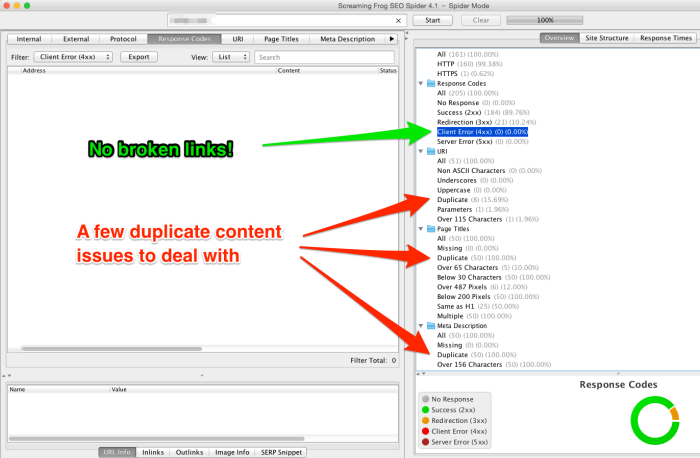
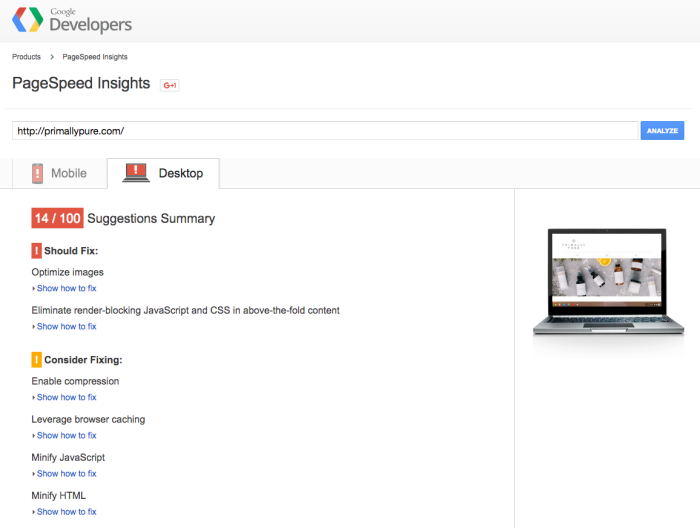
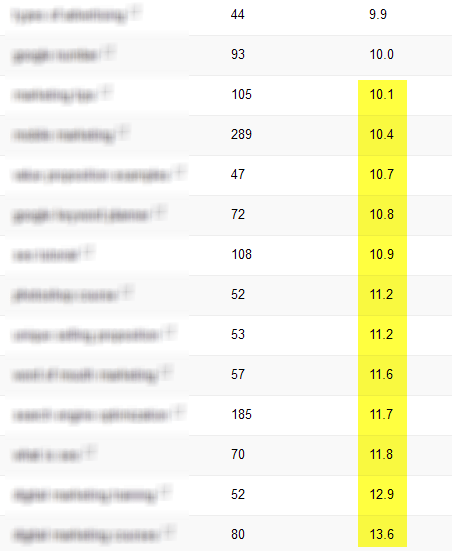
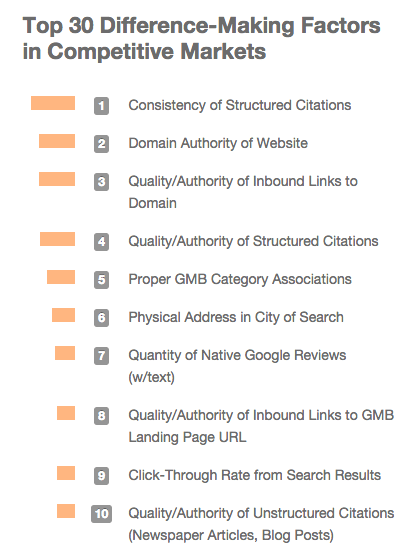
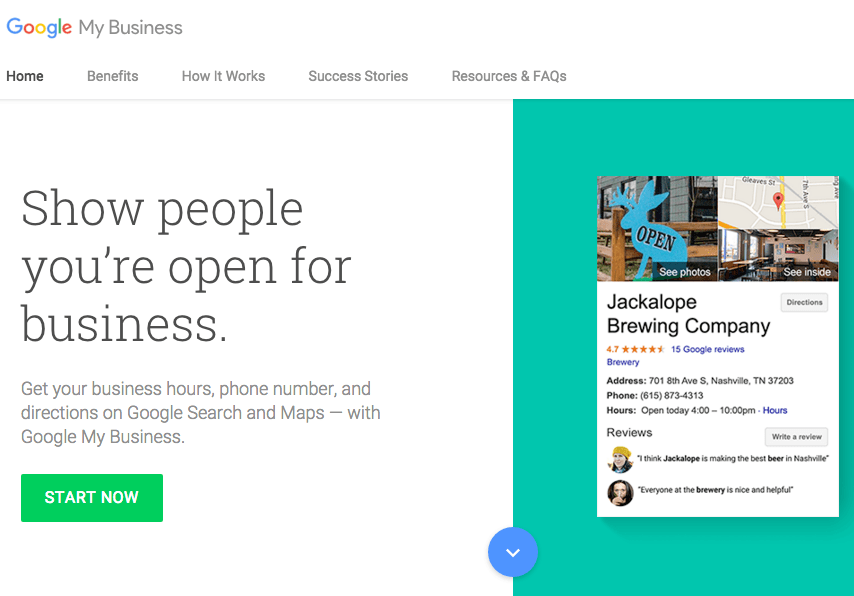
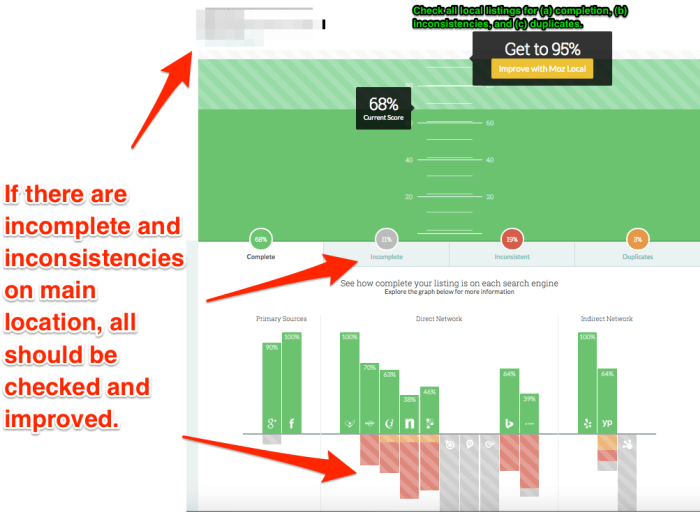

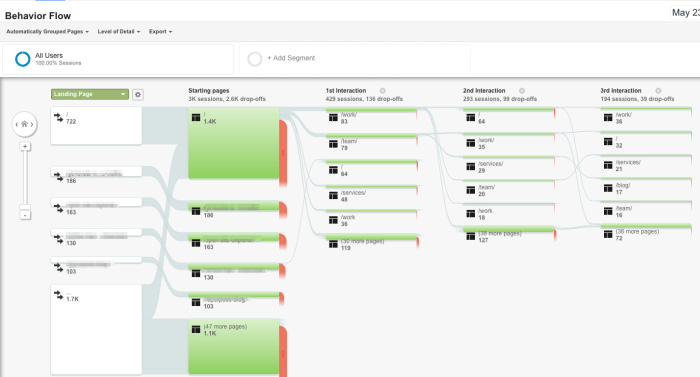
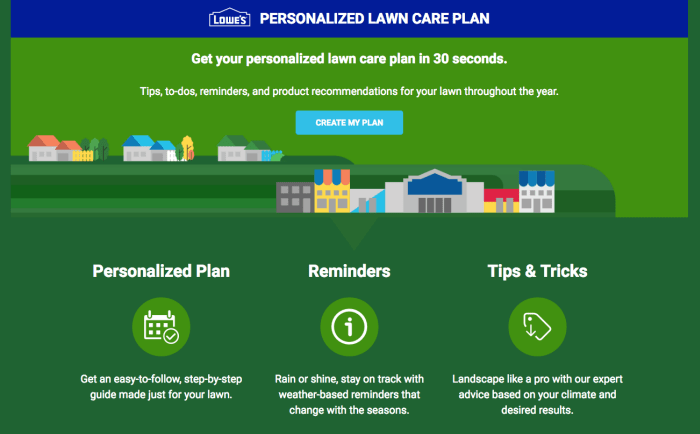


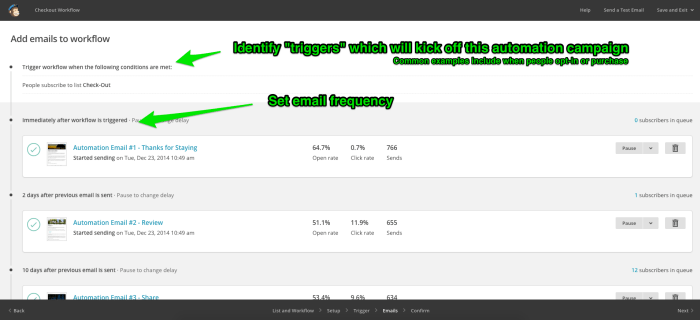

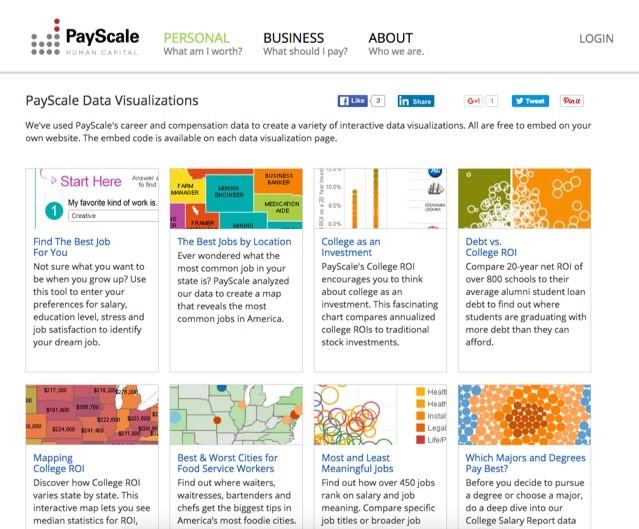
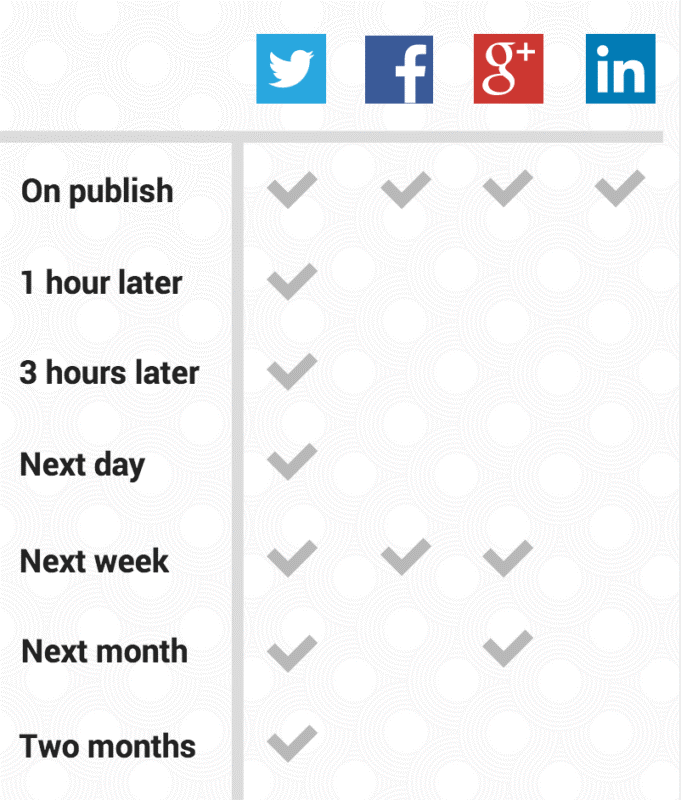
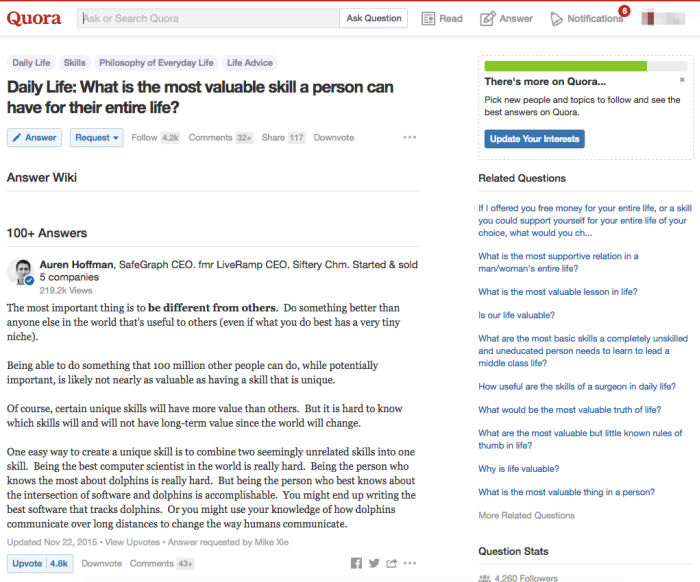
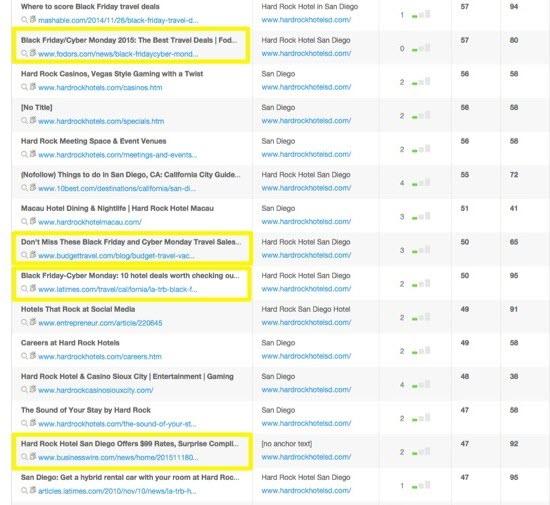
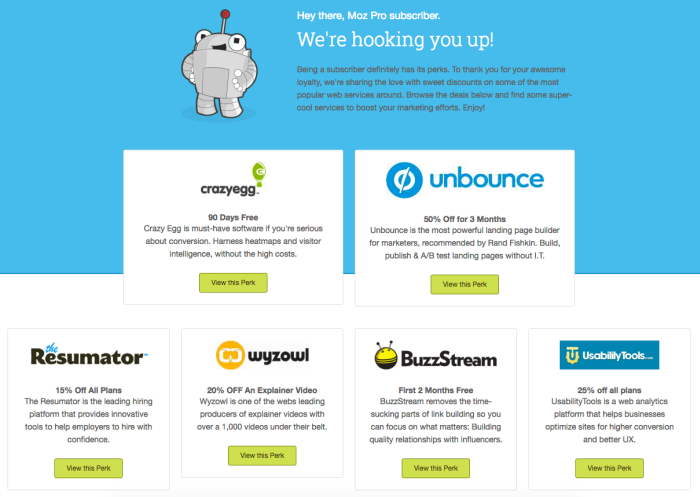


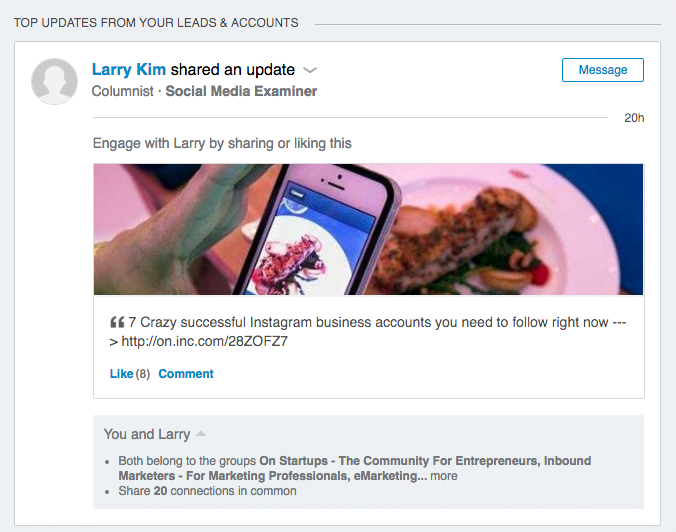

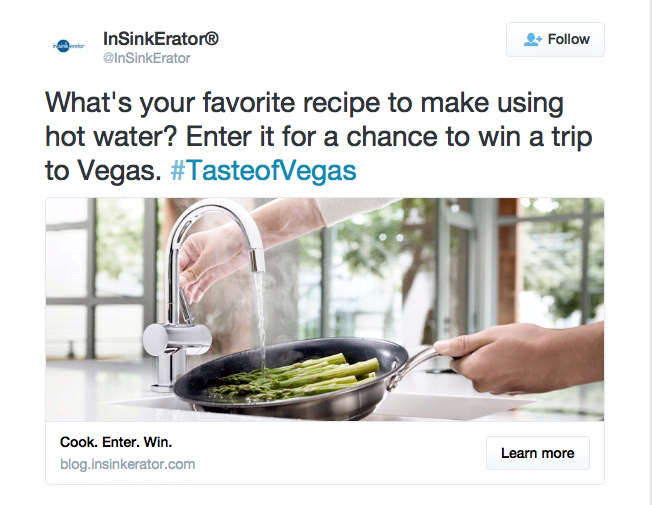

0 Comments